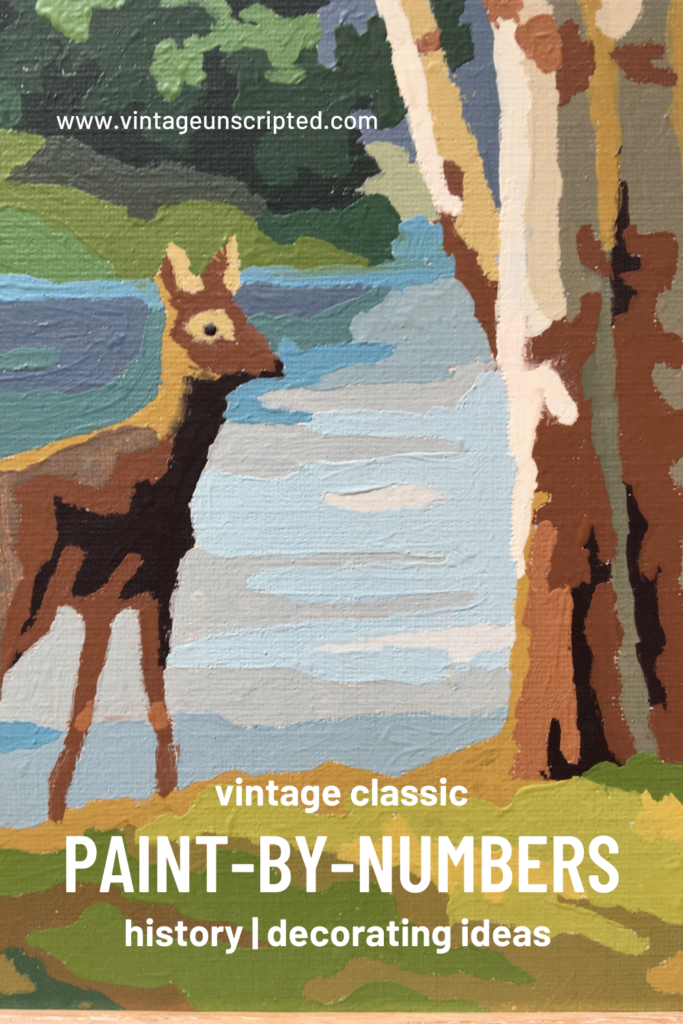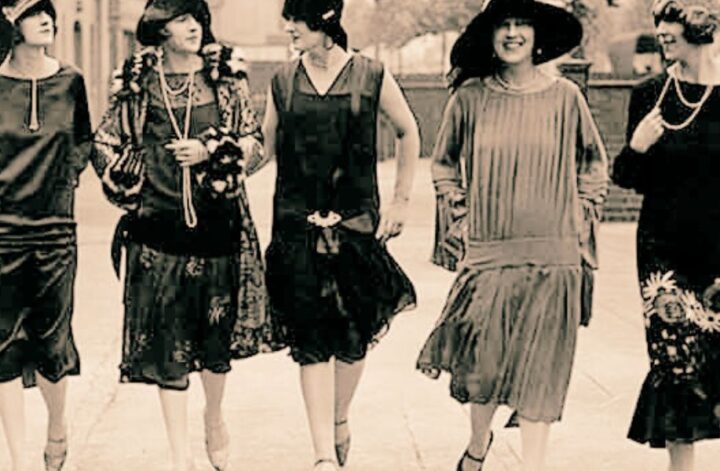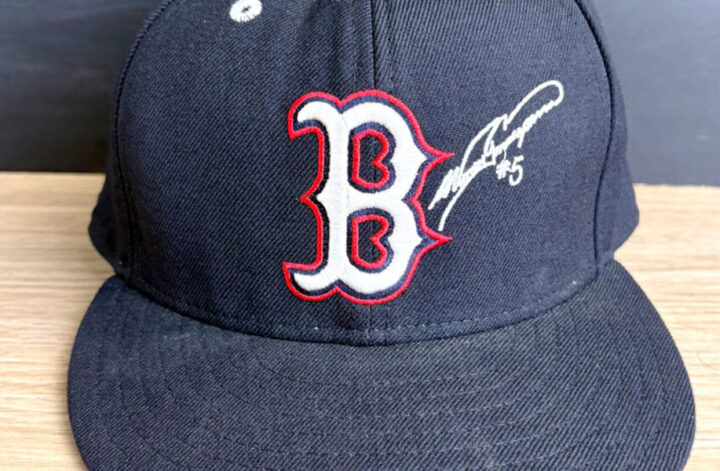Paint by number kits have been a favorite creative challenge for hobbyists of all ages since they were introduced in the 1950s. My only experience with one was challenging. It was yellow puppies on green flocked velvet. I loved the linked strip of plastic paint containers with their snap-open caps. I loved the long handled paint brush and I really loved painting those puppies. But the velvet was awfully hard to paint on for a first timer.
Why Paint by Numbers are a Classic
Reason #1: For those who are somewhat uncertain (or overly judgmental) of their artistic ability, paint by numbers kits give us the ability to create something we can be proud of. They democratize the art world. You don’t have to be da Vinci to paint The Last Supper. And though the kits aren’t quite as popular now as they were in the 1950s and 1960s, they are still around, still letting us scratch our painterly itches.
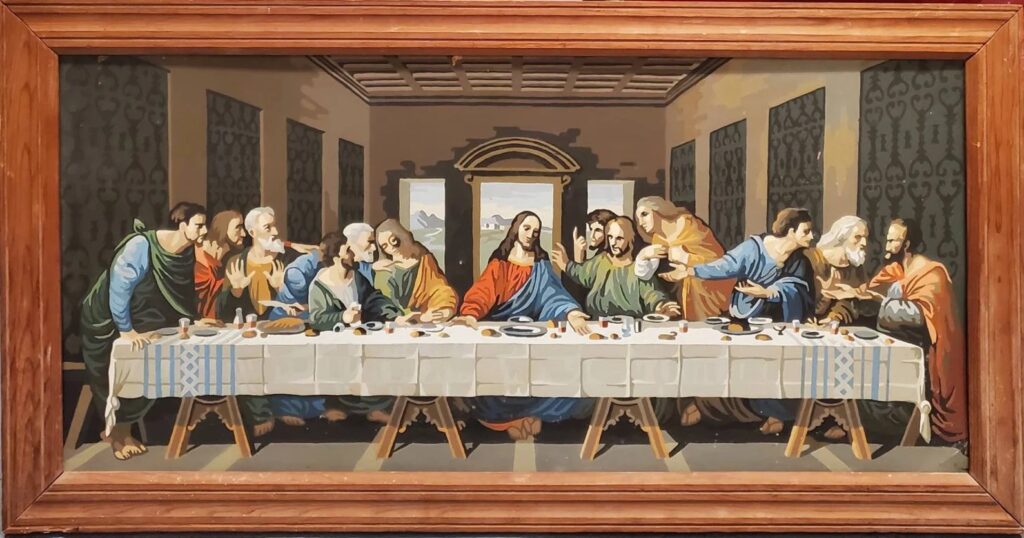
Reason #2: Finished paint by numbers are hot finds at thrifts and vintage shops, unlike many of the crafty projects of the same era. They are decor essentials for flea market chic both for their charm and the nostalgia they represent.
Paint by Number History
It all started in Detroit, MI in the late 1940s. Graphic artist Dan Roberts drew the original paint by number outlines at the behest of his employer, Max Klein, owner of the Palmer Paint Company. Roberts took inspiration from Leonardo da Vinci, who used numbered sketches to give directions to his apprentices. Klein and Roberts brought Craft Master branded paint by number sets to market in 1951.
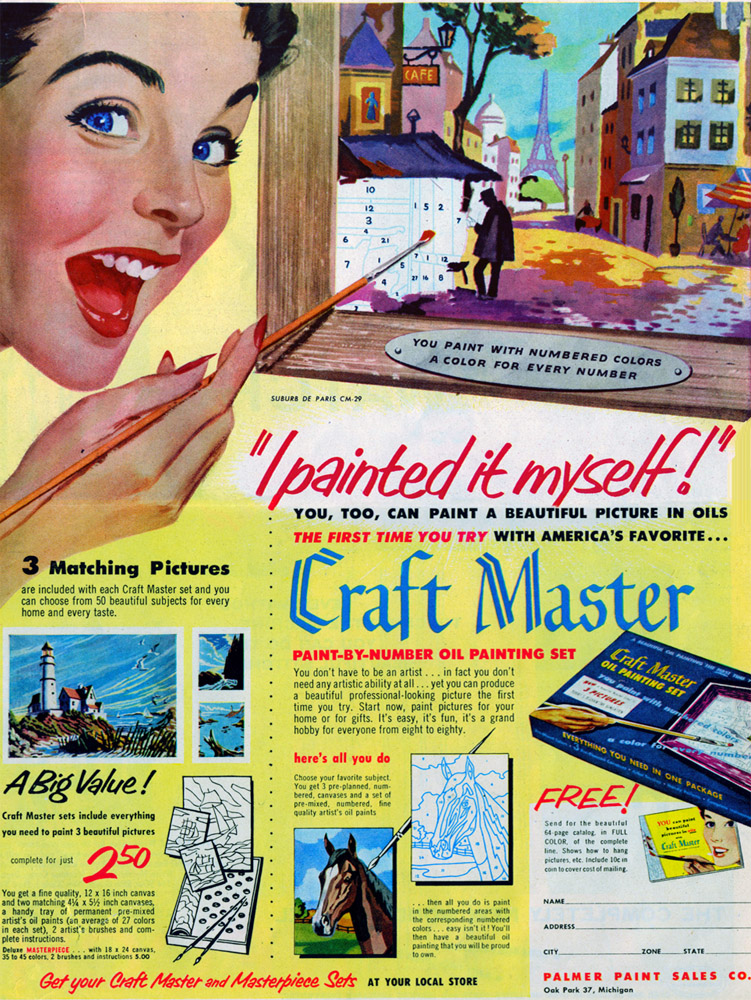
Craft Master had two slogans: “A Beautiful Oil Painting the First Time You Try” and “Every Man a Rembrandt.” And oodles of happy hobbyists agreed. Between introduction in 1951 and 1954, twelve million sets were sold. Skill levels ranged from fairly basic kits with twenty colors of paint to monumental brain twisting masterpieces with ninety colors. And subjects, you name it. Puppies to Paris, flamingos to flamenco, mountains majesty to windswept waves. Something for everyone.
But not everyone thought the kits praiseworthy. A critic complained in American Artist magazine that “I don’t know what America is coming to when thousands of people, many of them adults, are willing to be regimented into brushing paint on a jig-saw miscellany of dictated shapes and all by rote.”
(To those critics I say stand down! The artistry is in brush handling, much like the artistry in crewel or needlepoint is in handling the needle.)
The originals were printed on a pressed cardboard with the outlines printed on the bright white finished side. It wasn’t long before you could paint on flocked velvet covered cardboard and decorative metal accessories like trays and desk accessories among other surfaces.
Paint by Numbers Today
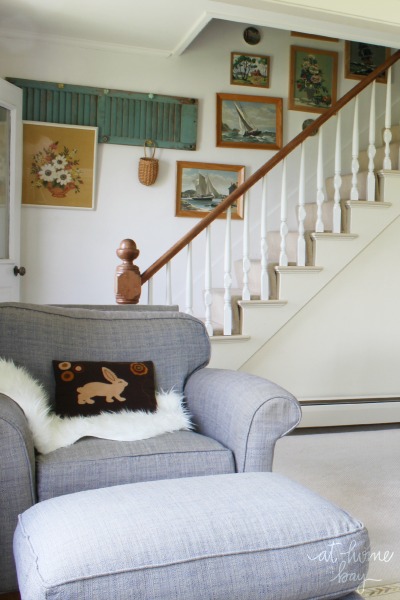
You can dabble in adding vintage paint by numbers to your decor, starting with one piece that strikes your fancy and showcasing it like Mary from At Home on the Bay.
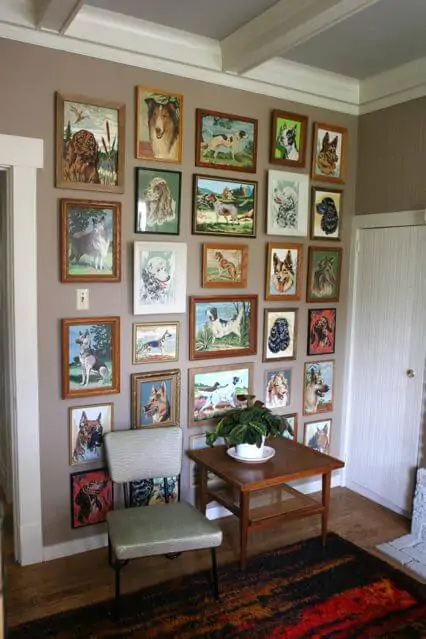
Dogs are always a good theme. Troy’s wall of canine paint by numbers, showcased on Retro Renovation is charming and very well behaved.
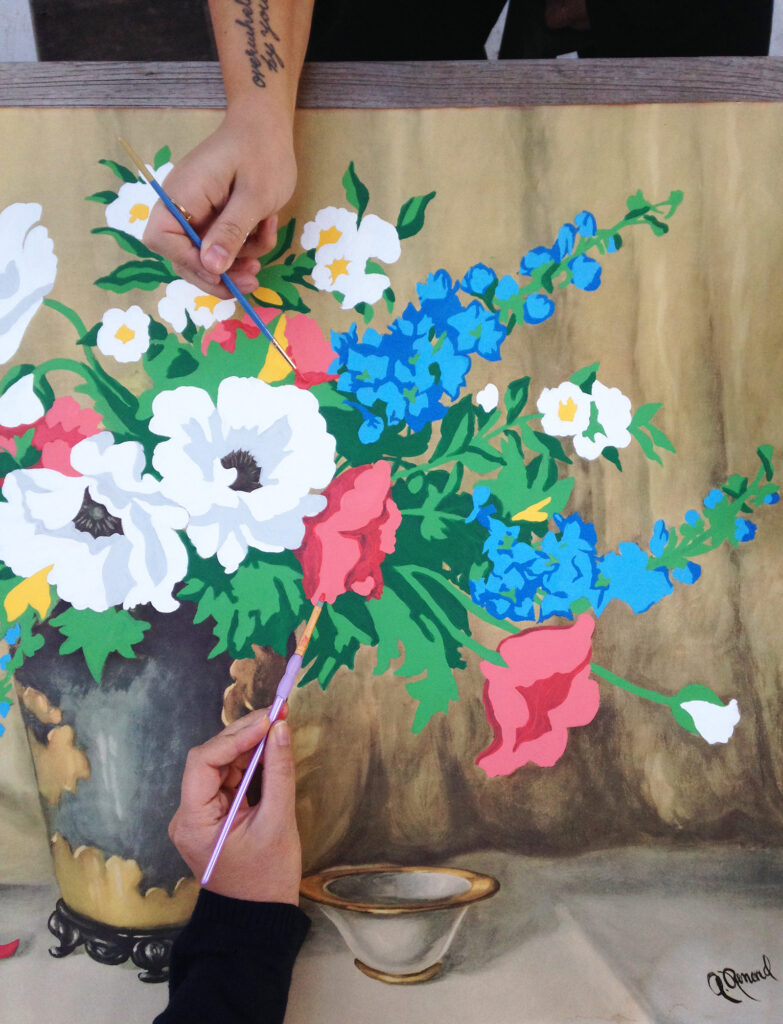
Think of this one as taking an old technique and making it new. How smashing is this DIY paint by number-esque art by Honestly WTF that starts with a vintage painting and ends as magic. Yes, there is a tutorial.
For more information about paint by numbers:
Read the obituary of Dan Roberts here.
Enjoy a more detailed history from a 2002 exhibition at the Smithsonian National Museum of American History, Paint by Number: Accounting for Taste in the 1950s (including the quote for American Artist magazine above.)
And do spend time browsing the lovely Paint by Number Museum.
What does it take to be vintage classic? It has to be something that at the time it was designed was an instant favorite, maybe even a trend, because of its design and/or function. It has to be something that all these years later, is still loved and appreciated. And sometimes it’s so loved that it’s been reproduced to meet current demand. (Don’t get us started on that, vintage is always best!) Leave a comment to nominate your favorite vintage classic for a profile!
Pin it!
